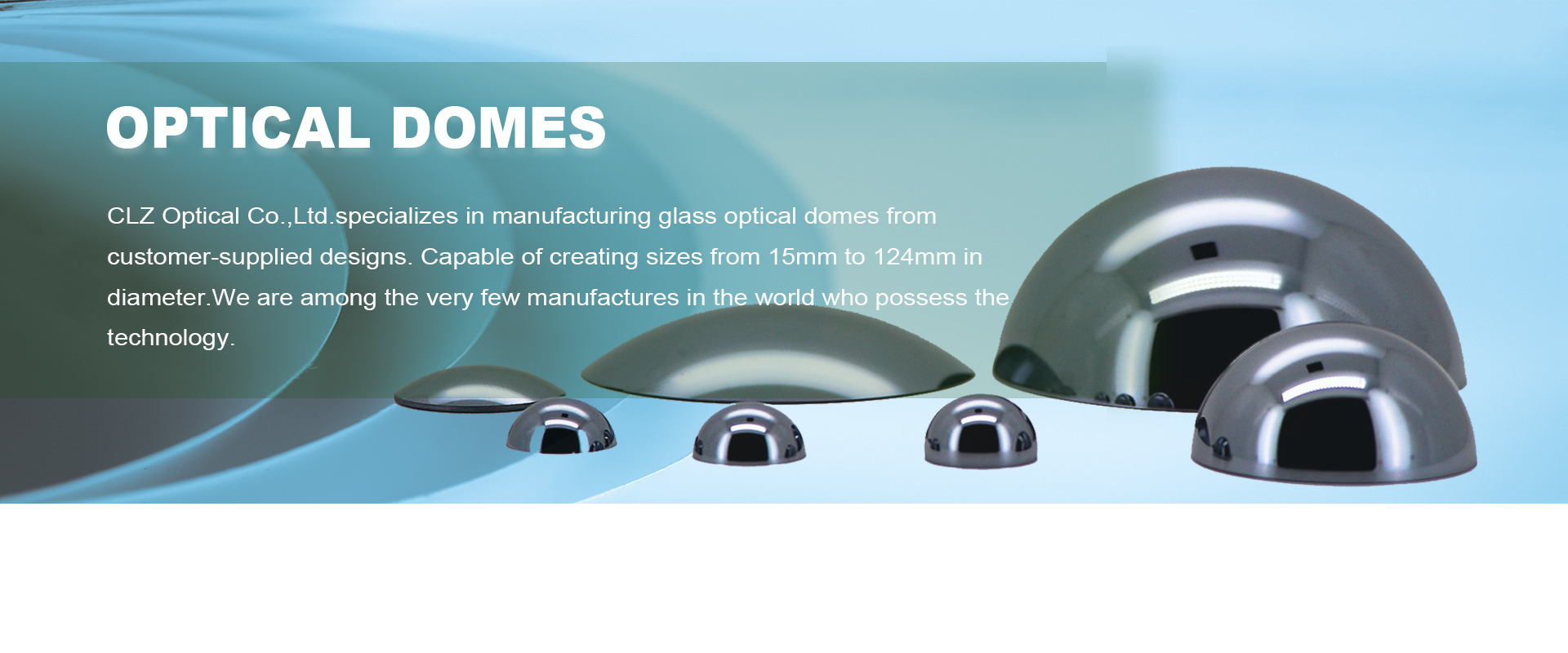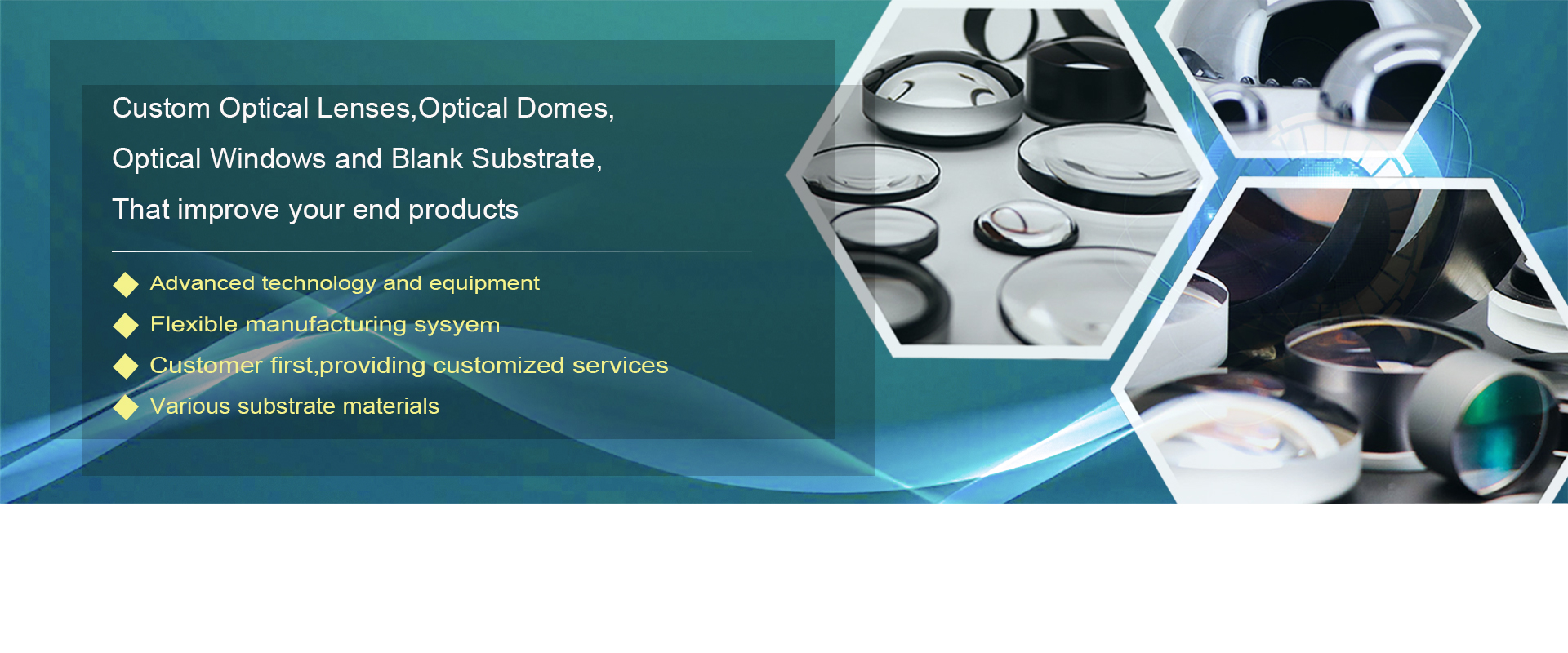Plano Convex Lenses can make a fire, do you know?
09. 19, 2019
Plano Convex Lenses can also make a fire that many people don't know, so how do the convex lenses make a fire. Let me tell you.
The convex lens has the function of collecting light. When the sunlight is refracted by the convex lens, it will be concentrated at the focus. The energy of the light received at this focus is very high. If the flammable object is placed at the focus, it is easy to ignite. It is well known that a convex lens is used to illuminate a flammable firelight (the rot, the yarn extracted from the cloth, the dried thin bark, the dried wood chips, etc.) through the sunlight. In addition, the magnifying glass can be illuminated by the sun through the focus of the sun, and the vicious lens can be ignited by the wet or wetted water so that the convex lens is an important ignition tool.
In Optical Lenses, convex lenses are especially common and widely used. The convex lens is a lens with a thick center and a thinner edge. Convex lenses have the effect of concentrating light, so they are also called "convergence lenses" and "positive lenses" are commonly used for far vision and reading glasses. Such optical lenses can be divided into lenticular lenses, which are two-sided convex lenses; plano-convex lenses, which are convex and flat lenses; and meniscus lenses, which are convex and concave. Briefly explain the imaging principle of the convex lens.
We all know that the convex lens imaging rule means that the object is placed outside the focus and is inverted on the other side of the convex lens. Real images, real images are reduced, equal, and enlarged. The smaller the object distance, the larger the image distance and the larger the real image. The object is placed within the focus and is a magnified virtual image on the same side of the convex lens. The smaller the object distance is, the smaller the image distance is, the smaller the virtual image is in the optics, the image that is concentrated by the actual light, called the real image, can be connected by the light screen; otherwise, it is called the virtual image, which can only be felt by the eyes. When telling the difference between real and virtual images, one way of distinguishing is often mentioned: "The real images are all inverted, and the virtual images are erect." The so-called "positive" and "inverted" are of course relative to the original object. In terms of.
UV Fused Silica Plano Convex Lenses
Parallel rays are incident on the main lens (the line connecting the centers of the two spherical surfaces of the convex lens is called the main optical axis of the lens), and the light is refracted on both sides of the lens and concentrated on a point on the axis. This point is called the focus of the convex lens (marked as F, English is: focus). The convex lens has a real focus on both sides of the mirror. For a thin lens, the distance between the two focal points to the center of the lens is approximately equal. The focal length of a convex lens refers to the distance from the focus to the center of the lens, usually denoted by f. The smaller the spherical radius of the convex lens, the shorter the focal length (mark: f, English: focal length). The convex lens can be used for the glasses worn by people wearing magnifiers, presbyopia and farsightedness, cameras, film projectors, microscopes, and telescopes: the center of the optical lens: the center point of the convex lens is the optical center of the lens. Object distance: The distance from the object to the optical center of the convex lens is called the object distance and is represented by u. Image distance: The distance from the image formed by the convex lens to the optical center of the convex lens is expressed by v.
Our company UV Fused Silica Plano Convex Lenses is available for sale. Welcome everyone to come to consult.



















